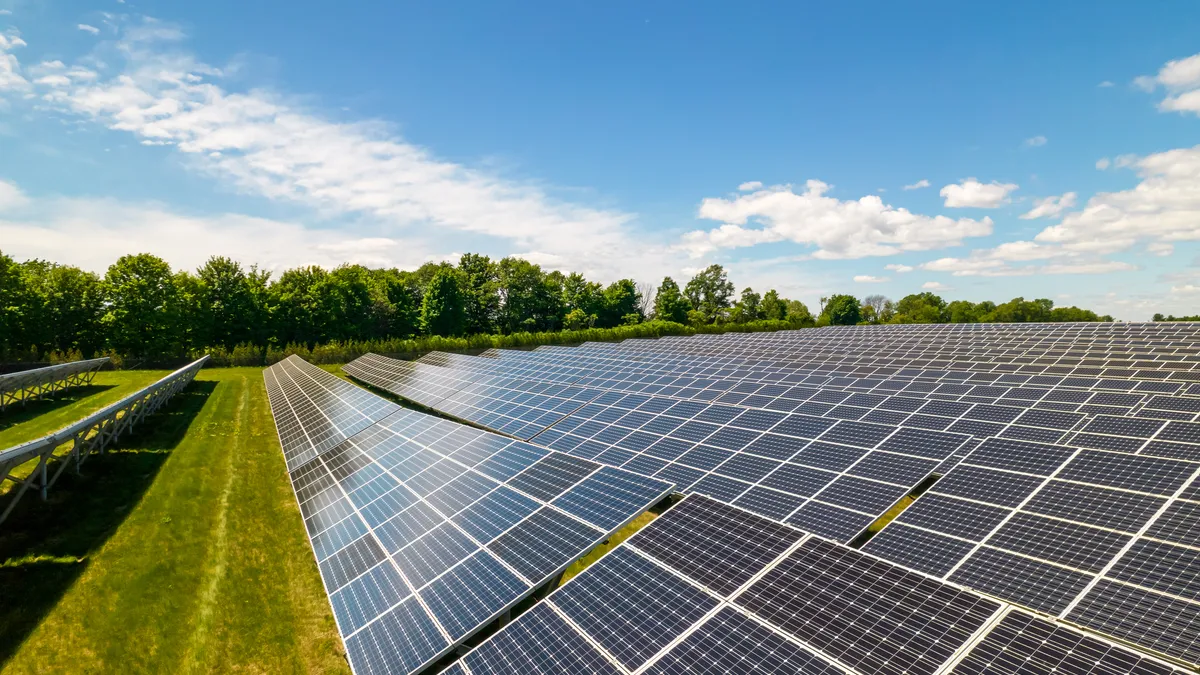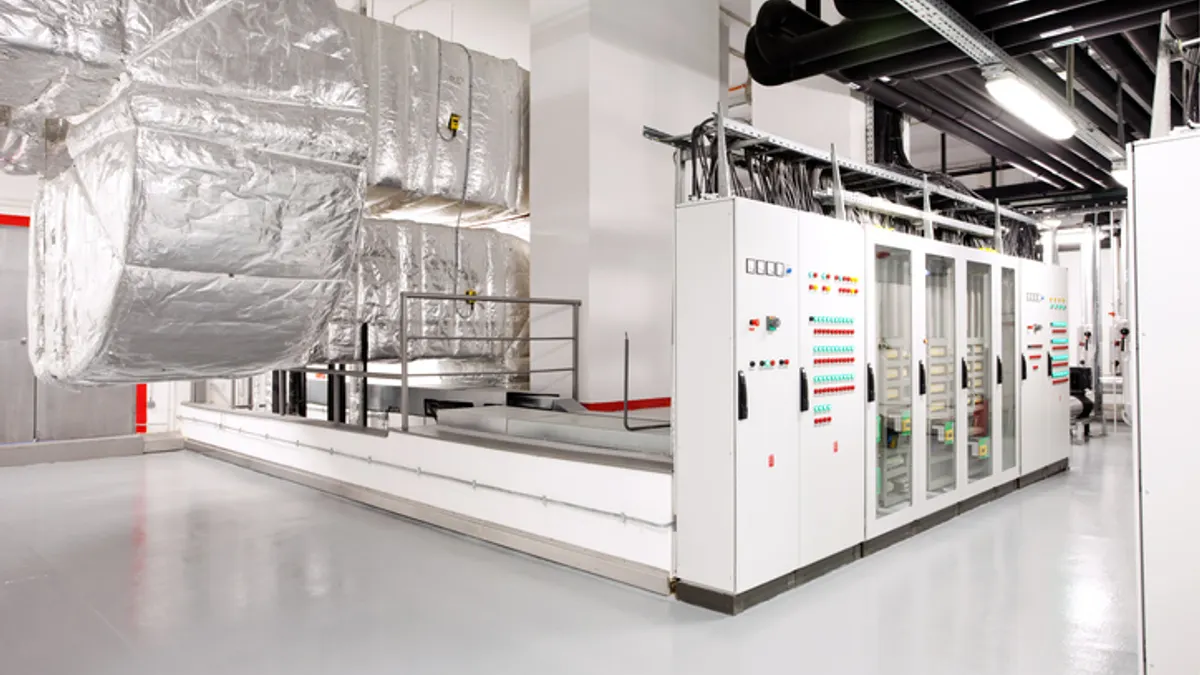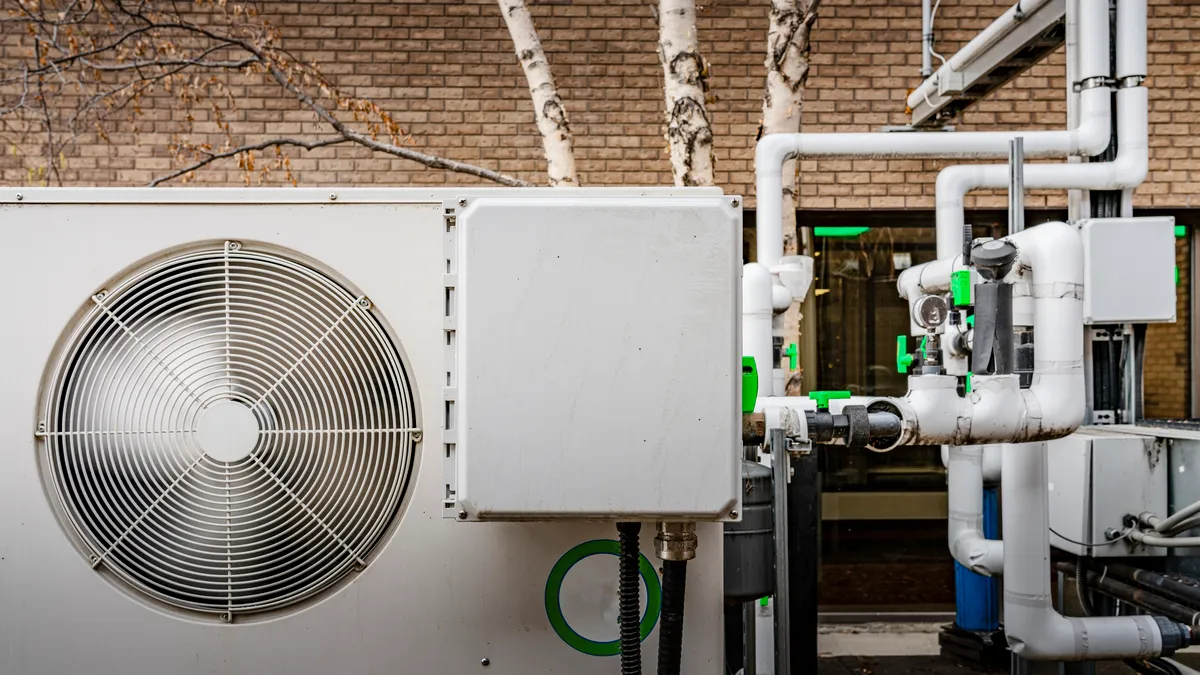As climate change-driven sustainability measures continue to take effect nationwide, federal agencies, local municipalities and public and private organizations face growing pressures to meet emissions and energy use reduction targets.
As a result, many universities and colleges are looking to renewable energy agreements and private-public partnerships as a way to offset their energy usage and reach carbon emissions reduction targets. Here are a few educational institutions leading that charge today.
Working as a collective
A consortium of nine colleges and universities in North Carolina and Pennsylvania is collaborating on a power purchase agreement that will offset each institution’s current energy usage.
The 20-year-agreement supports the Sebree Solar II project in Robards, Kentucky. The project, developed by NextEra Energy Resources, is set to begin construction early next year and slated to go online by the end of 2026, according to Davidson College, which is part of the consortium.
The project is expected to generate up to 150 megawatts of clean energy, Davidson College said in a note published April 22. While the renewable energy generated by the solar facility cannot be transmitted directly to each individual school, the energy produced will provide the institutions with renewable energy credits that can be used to account for greenhouse gas emissions related to purchased electricity, Davidson College said.
The percent of campus energy usage offset through the agreement ranges by institution in a group that includes Wake Forest University, Elon University and Davidson College in North Carolina and Dickinson College, Haverford College, Lafayette College, Lehigh University, Muhlenberg College and Swarthmore College in Pennsylvania.
Davidson said it will pay for an amount of energy that equals 100% of the electricity currently used on its campus. In exchange, the college will receive renewable energy credits that are expected to reduce the institution’s greenhouse gas emissions by 40%. In a separate note, Lehigh University said it will receive credits in exchange for paying for an amount of energy equal to 92% of its campus’ electricity use.
Using excess heat to offset electricity
The University of Dayton, which had about 11,378 undergraduate, graduate and law students enrolled last fall, has a campus spanning 5.6 million square feet of maintained buildings. Through a long-term agreement with energy infrastructure firm Tallgrass and AES Ohio, the university will benefit from a new waste heat to power facility that will capture heat produced by an existing process to generate decarbonized power.
The power generated at the facility will be sold to AES Ohio and is expected to offset 100% of the University of Dayton’s electricity needs and reduce its carbon footprint by 71%, according to an April 22 news release. The project will also provide new teaching, research and hands-on learning opportunities intended to equip students with requisite skills for clean energy careers, per the release.
“We are evaluating similar projects across our other assets and potentially third-party sites, where energy that would otherwise be wasted can be used to produce decarbonized power for local communities. This can play an integral role in the energy transition,” Justin Campbell, vice president of power and transmission for Tallgrass, said in a statement.
Construction of the waste heat to power facility is expected to begin in Fayette County, Ohio, later this year, with the project expected to enter service in the fourth quarter of 2025.
Standard solar PPAs
While some institutions are working as a collective to offset their energy use or utilize less-talked about renewable energy sources, others are keeping it simple. The University of Pennsylvania signed a 25-year PPA with AES Corp. in February 2020 to obtain energy from two large solar arrays in central Pennsylvania’s Fulton and Franklin counties.
The Great Cove I and II facilities, which comprise 485,000 panels and have a capacity of 220 MW, began operations in December 2023. Penn will purchase all electricity produced at the facilities, equaling about 70% of total electricity demand from the institution’s campus and University of Pennsylvania Health System facilities in the Philadelphia area, the university said in a March 18 note.
Penn says it aims to achieve 100% carbon neutrality by 2042. The PPA is expected to drive a 26% reduction in Penn’s carbon emissions, compared with 2009 levels.


















